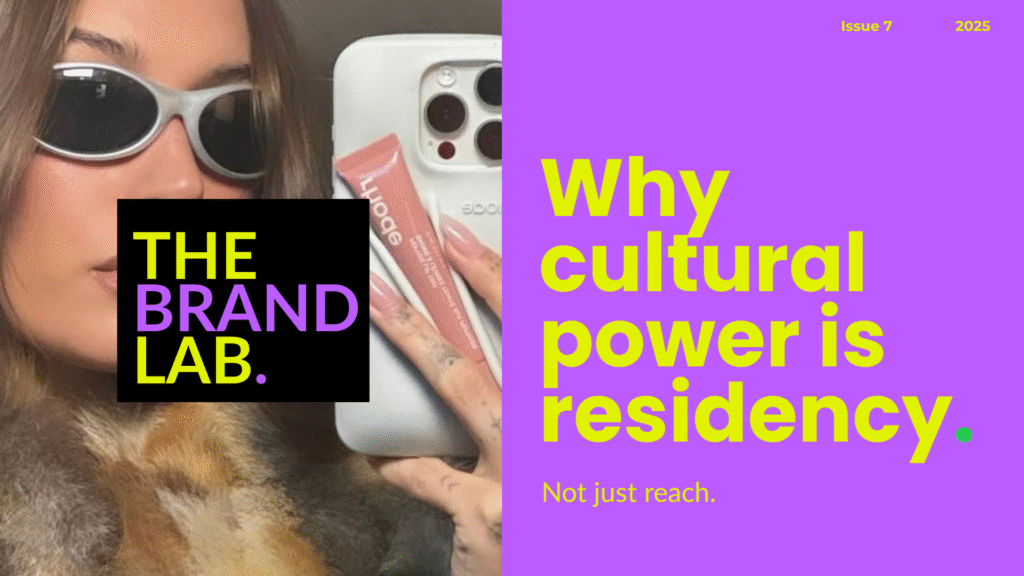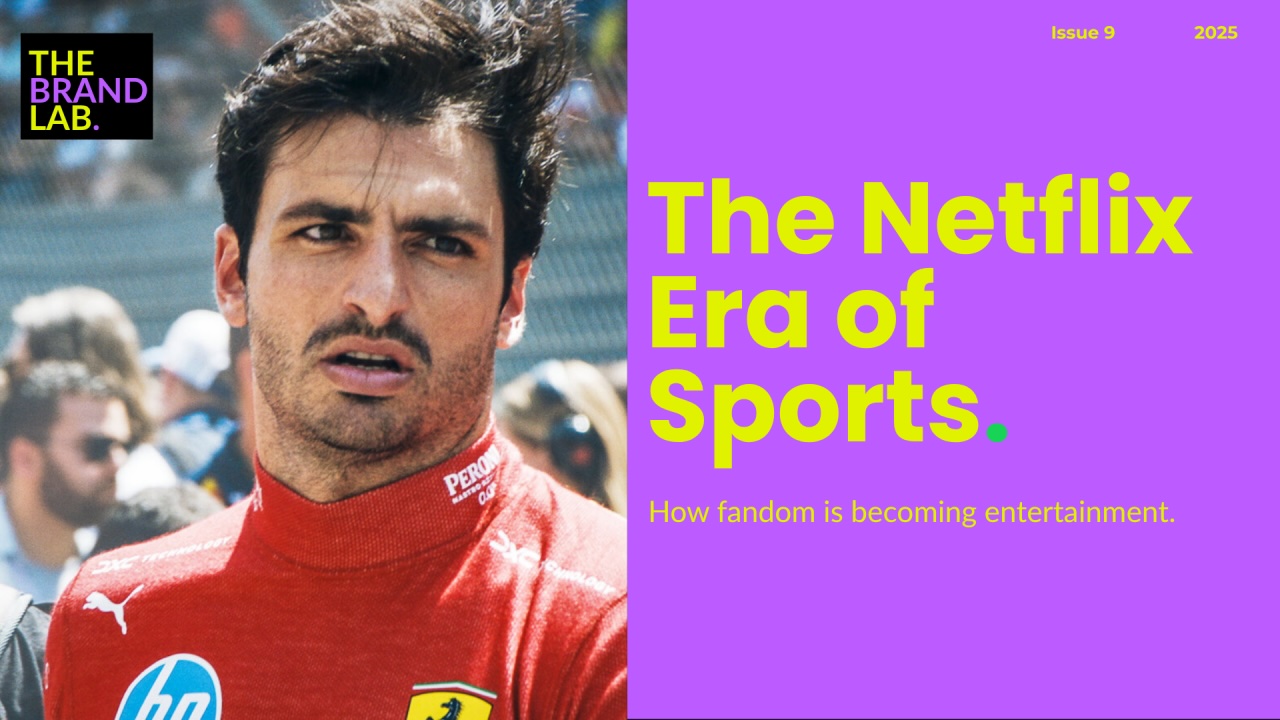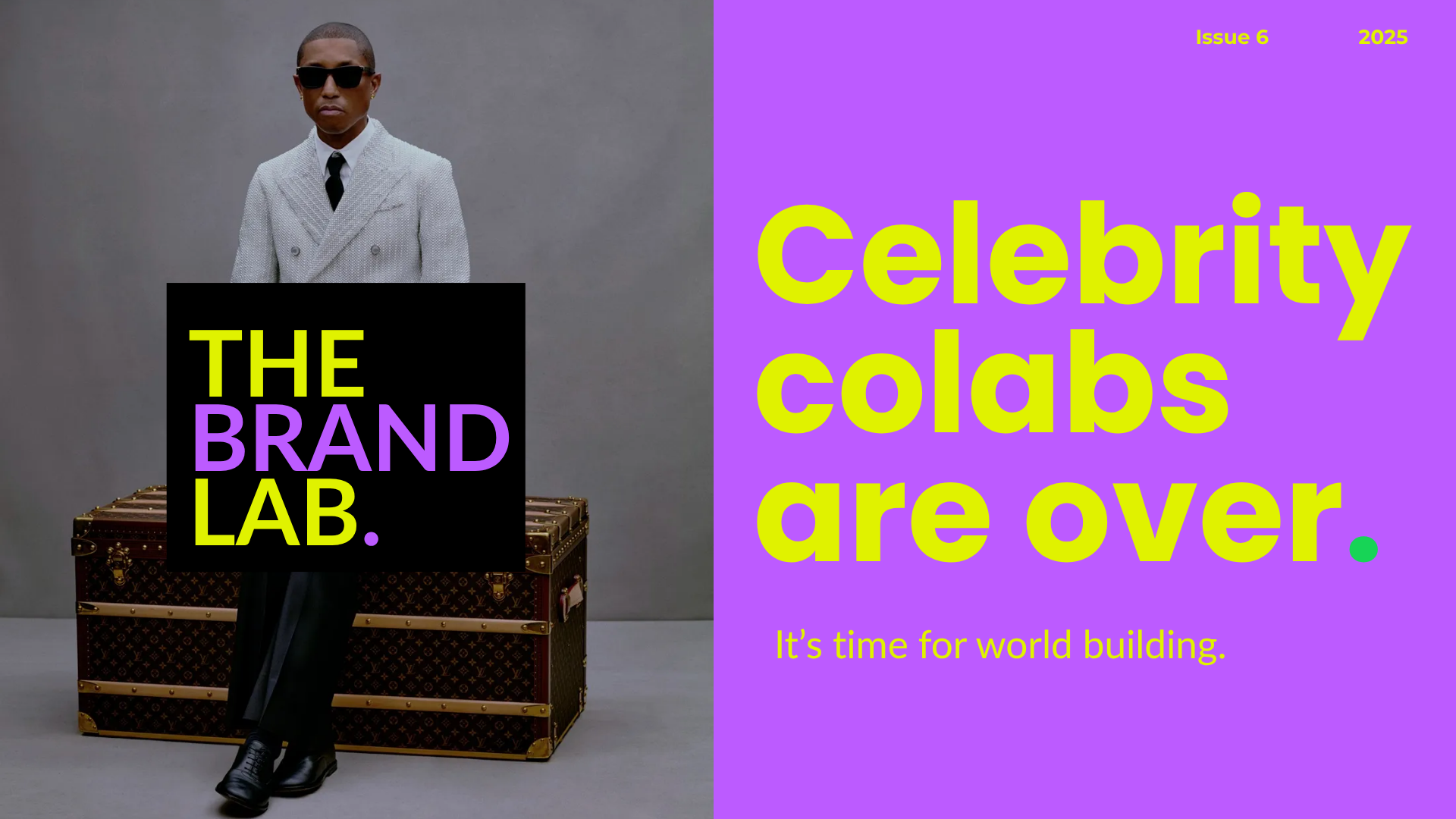
This issue of The Brand Lab is sponsored by Planable, the social media management tool where teams actually collaborate, not just pass feedback around. Get instant input, approvals in one click, and a dedicated space to perfect content together.
When Rhode launched its now-famous lip case, it didn’t just go viral, it rewired how we think about brand expansion. Until that drop, Rhode was a minimalist beauty brand. The moment the phone case hit, it became a daily companion brand.
You might not reapply lip gloss ten times a day. But you check your phone that often.
By merging beauty with functionality, rhode skin transformed from a skincare line into a lifestyle system, one people carry with them everywhere. Over 700,000 units sold later (and $30M generated in sales), the brand isn’t just on vanities anymore; it’s in hands, handbags, and home screens around the world.

Why It Matters
Every time a brand integrates into a consumer’s daily rhythm, it strengthens loyalty and expands mindshare. You don’t need a billboard when you live in someone’s hand.
What Rhode unlocked was more than virality, it was usability equity. A product that adds utility becomes part of a person’s motion, and that kind of presence compounds over time.
It’s the modern version of something Walt Disney realised nearly a century ago.
In 1929, he signed his first licensing deal, after a man approached Disney in a hotel lobby and offered him $300 to put Mickey’s image on some pencil tablets. The deal kicked off the start of The Walt Disney Company ‘s merchandising and consumer products business, which has reached a total annual retail sales of $62 billionin 2025.
Disney understood early on that by expanding his world through toys, books, fashion, and eventually theme parks, he was actually expanding the spaces where his media properties would live in. Not only that, but he designed an IP ecosystem that is still relevant 70 years later:

The Shift
We’re watching a clear pivot: brands with an eye on legacy are extending their worlds beyond the core SKU and consumers are opting into the lifestyle container: identity, rituals, space, not just the product itself.
And this isn’t merch-for-PR. It’s all strategy: new touchpoints → new use-cases → new margins → more IP compounding.
Signals of a Broader Shift
Across industries, the same pattern is emerging. Adidas has turned design language into furniture, collaborating with creative collective came up in the drought to create the Track Pant Chair — a literal reinterpretation of the brand’s DNA. It’s more than a novelty object; it’s a statement that adidas can exist beyond apparel, merging sport nostalgia with interior design and blurring the lines between lifestyle and living space.

Luxury brands are following a similar path. At Milan Design Week, LVMH expanded its Art of Living collection into furniture, lighting, and tableware, making the brand not just wearable, but inhabitable. Saint Laurent revived Charlotte Perriand’s iconic designs, positioning furniture as cultural capital rather than décor. The home is no longer an afterthought in luxury — it’s the new frontier of influence, a place where brand codes become part of everyday life.
And in streetwear, KITH is rewriting what a brand can be with Kith Ivy, its newly launched hospitality concept combining dining, padel, wellness, and retail under one roof. It’s not about selling clothes anymore; it’s about building environments people want to inhabit.
From beauty to sport, luxury to street, the direction is unmistakable: brands are moving from products to presence.

From Product to Place
When your brand shows up in multiple spaces — a lip case, a chair, a club, a lamp — you’re no longer selling items, you’re selling identity.
This is the shift from product thinking to ecosystem thinking. From short-term sales spikes to long-term cultural presence. Every extension compounds IP, multiplies visibility, and reinforces meaning.
This is how culture really scales, through embedded living, not through ads, campaigns or billboards.
The Meaning Behind this Movement
We’re also witnessing the end of the one-off drop era. Novelty no longer drives differentiation; continuity does.
The brands leading this wave — Rhode, Kith, Jaquemus — are replacing hype with coherence. Each move connects to a larger world, creating long-term equity rather than short term attention.
It’s the same playbook Disney pioneered, reborn in an age where lifestyle is the new luxury.

The Playbook: How to Apply It To Your Brand
1. Codify your world first. Name the palette, materials, forms, and rituals that are your brand. If you can’t describe the room, don’t design the couch.
2. Start with a “utility icon.” One object with disproportionate daily use (phone case, mug, blanket) → prove demand → scale into a home capsule.
3. Make it social-native. Prototype objects that read instantly in a square video frame. The first distribution channel is attention. (See: Rhode.)
4. Partner where you lack craft. Tap designers and makers (furniture studios, hospitality operators) to protect quality and unit economics. (See: Vuitton’s design partnerships; Kith’s hospitality model.)
5. Design the ladder. Object → room → venue → membership. Each rung adds frequency and data.
The Value of World Building
Today’s strongest brands don’t just launch products, they build worlds with gravity. Worlds that attract collaborators, creators, and consumers into orbit.
Every new category — from interiors to tech accessories — expands their IP footprint and deepens emotional resonance. It’s no longer about adding noise; it’s about designing systems where every move adds meaning.
This is the evolution at play: from storytelling → to system building, from collaboration → to creation, from product → to world.



